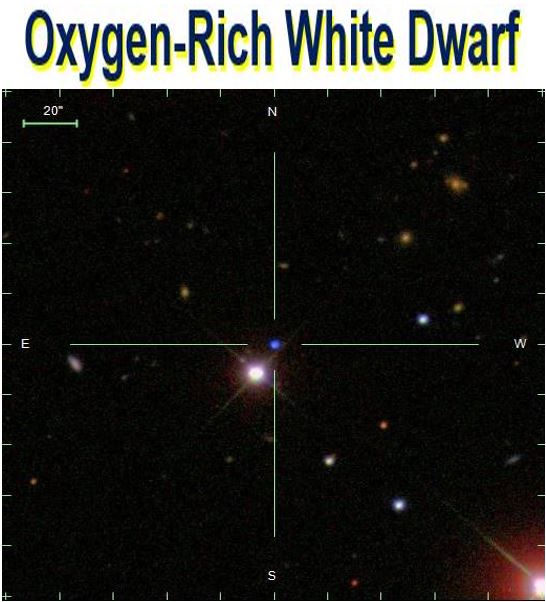
The Little Cub galaxy (circled) which is being stripped of gas by its larger neighbor. Credit: SDSS Collaboration


The Little Cub galaxy (circled) which is being stripped of gas by its larger neighbor. Credit: SDSS Collaboration

An artist’s impression shows a very distant quasar powered by a black hole with a mass two billion times that of the Sun. CREDIT: ESO/M. KORNMESSER
Astronomers have linked extremely reddened quasars to strong galactic outflowing winds that inhibit star formation in the early universe. Galaxies formed and grew billions of years ago by accumulating gas from their surroundings, or colliding and merging with other young galaxies. These early stages of galaxy assembly are believed to be accompanied by episodes of rapid star formation, known as starbursts, and rapid growth of a single super-massive black hole in the galactic centers.
A popular paradigm for this evolution has the black holes growing mostly in obscurity, buried deep within the dusty gas...
Read More
Image from the Sloan Digital Sky Survey of the blue oxygen atmosphere white dwarf SDSS J124043.01+671034.68.
Researchers have discovered a white dwarf star with an atmosphere dominated by oxygen, a type of white dwarf that has been theorized to exist but not identified to date. The finding could challenge the textbook wisdom of single stellar evolution, and provide a critical link to some types of supernovae discovered over the past decade.
As relatively small stars (those <10X the mass of our sun) near the end of their lives, they throw off their outer layers and become white dwarf stars, which are very dense. The high gravity that occurs under such density causes the lighter elements, such as hydrogen or helium, to float to the surface of the star, masking the heavier elements below.
Whi...
Read More
Recent Comments